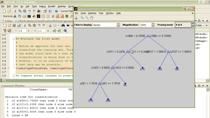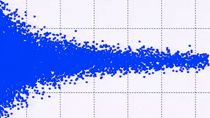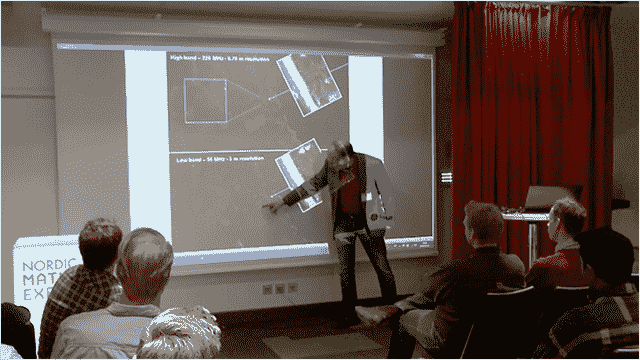Applying AI to Radar and Lidar Processing
Perception is at the heart of autonomous systems and surveillance systems. High resolution sensors such as lidar and radar provide a wealth of data that feed perception algorithms and enable new ways of understanding the surrounding environment.
Radar and lidar engineers leverage deep learning and machine learning to automate and improve accuracy of processing pipelines for a variety of applications in consumer and automotive applications, including target and terrain classification in surveillance systems, object detection and identification in autonomous systems, and AR/VR applications.
Learn how MATLAB® and Simulink® are used to overcome common challenges including:
- Handling data scarcity for training
- Labeling sparse 3D point clouds and radar signals
- Applying deep learning models designed for images and signals to point clouds and radar returns
- Classifying radar returns including micro-Doppler signatures
Published: 20 May 2021




